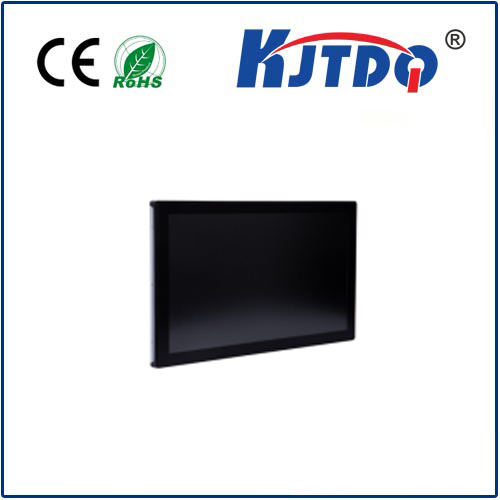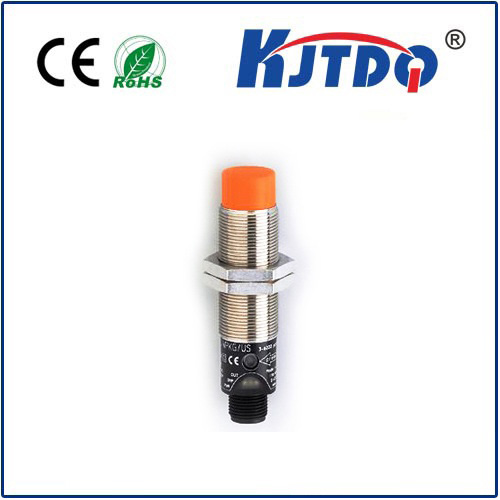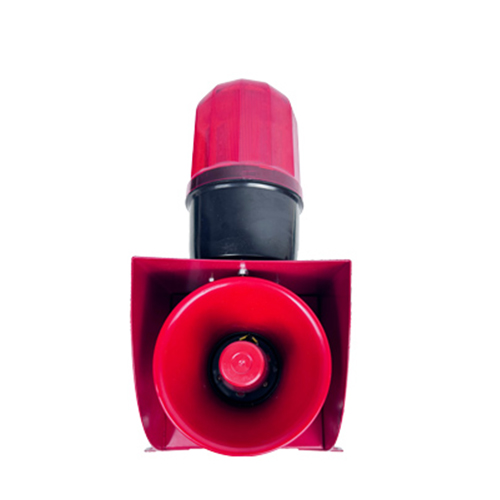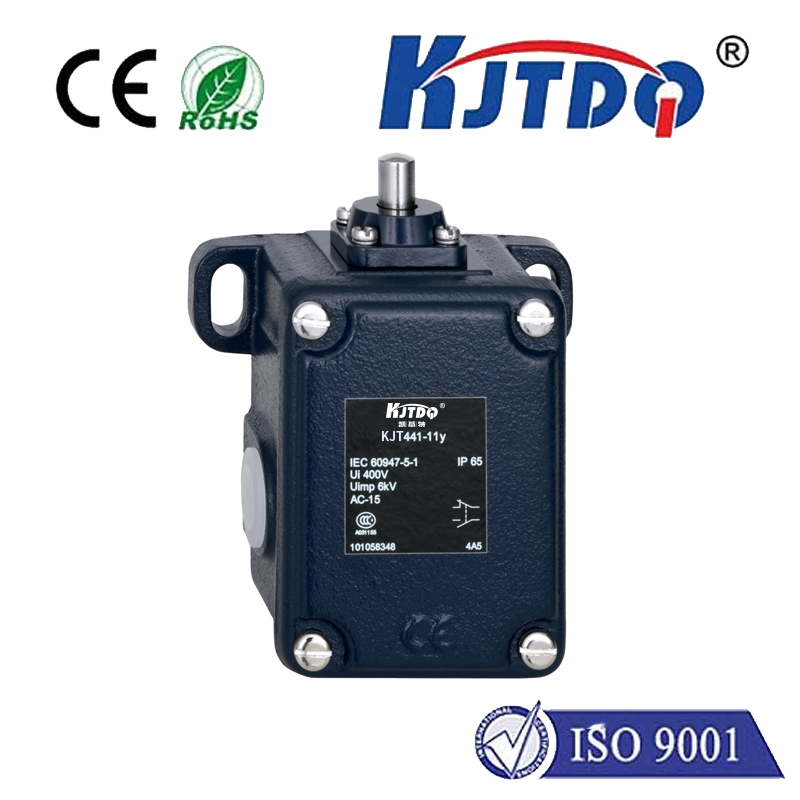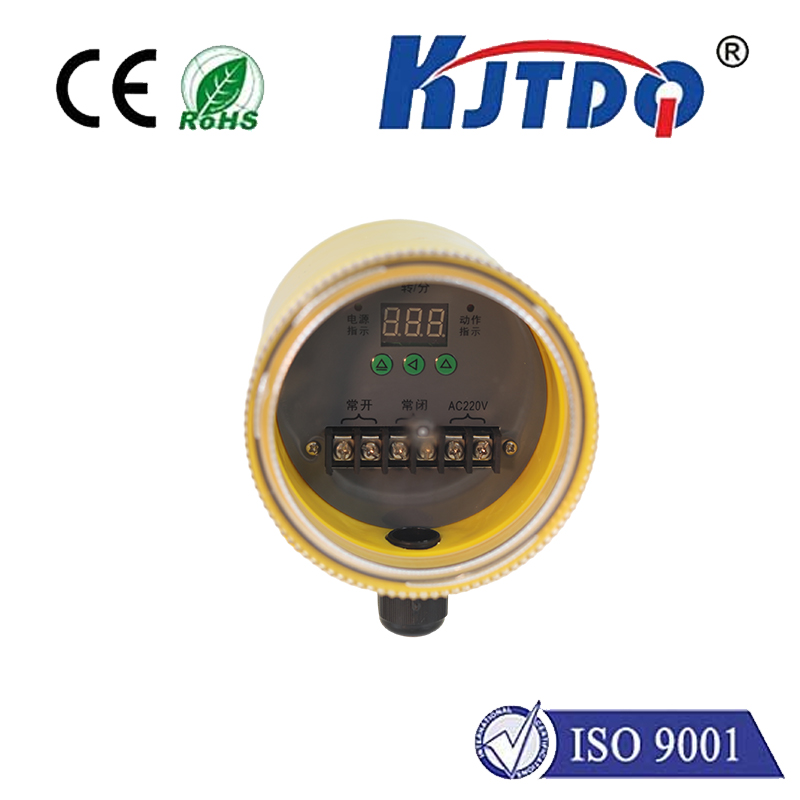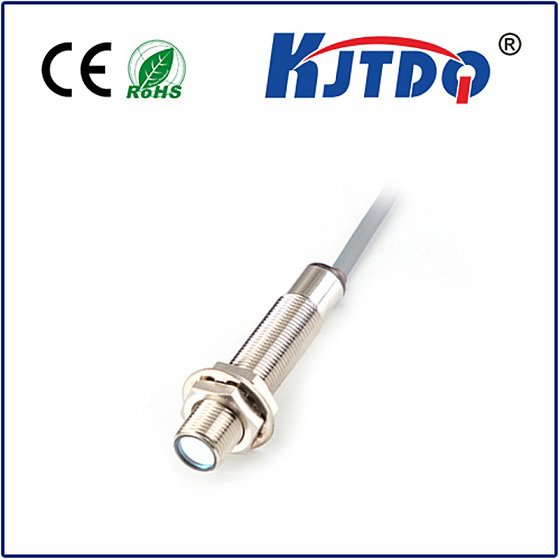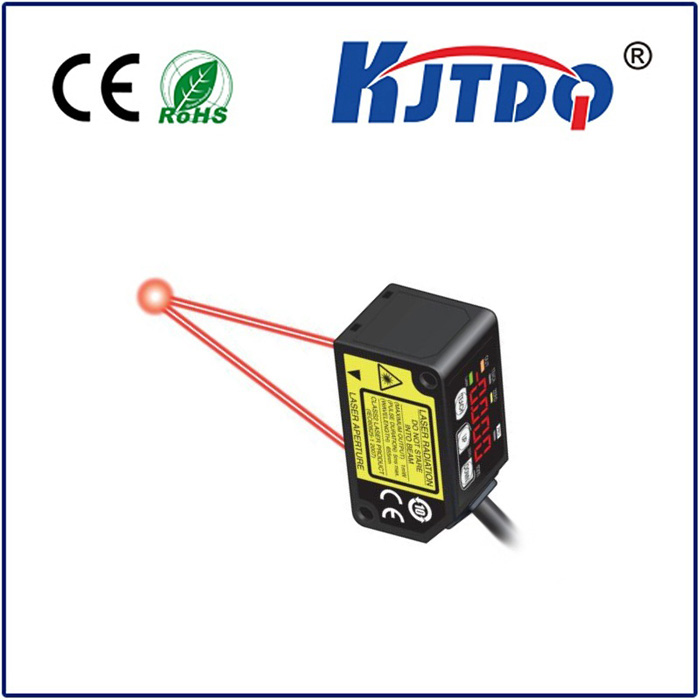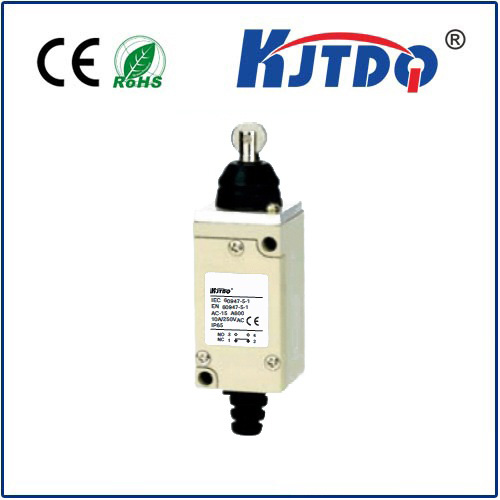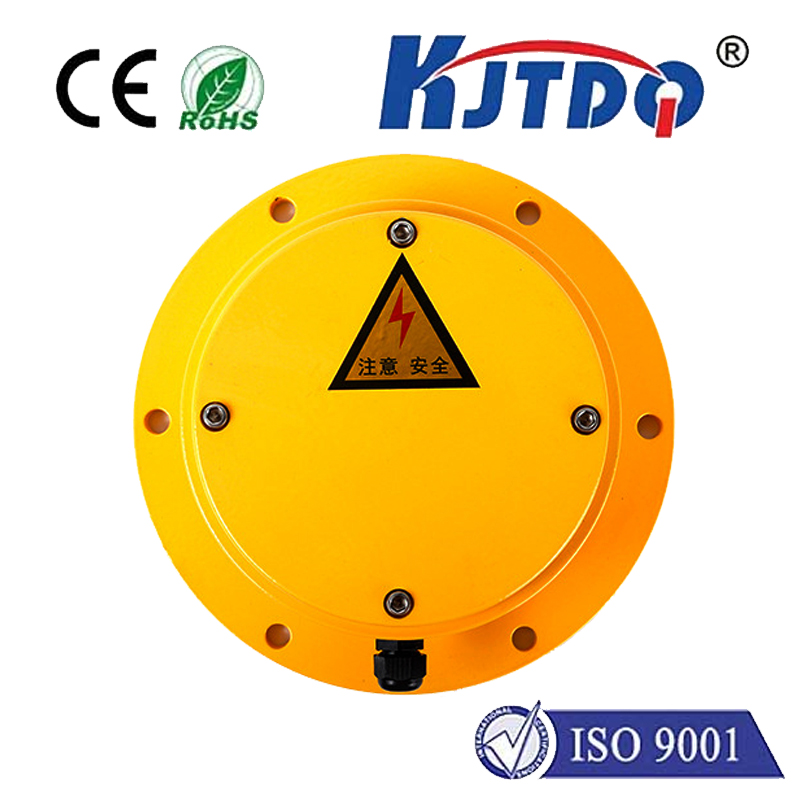delta laser sensor
- time:2025-09-08 16:32:15
- Click:0
Delta Laser Sensors: Real-Time Precision for a World in Motion
Imagine you’re manufacturing a critical aerospace component. Traditional measuring tools might give you a snapshot at one moment, but what happens as the part heats up during machining? How does stress affect its dimensions seconds later? This is where conventional measurements fall short, and Delta Laser Sensors shine. Far more than just static measurement devices, delta laser sensors are engineered specialists, designed explicitly for capturing dynamic changes – the very meaning of “delta” – in position, vibration, distance, or shape, with unparalleled speed and accuracy. They provide a continuous stream of high-resolution data, transforming how we monitor, control, and understand processes unfolding in real-time.
Understanding the “Delta” Difference
At its heart, the concept of “delta” represents change. Δ (delta) in mathematics and science signifies the difference between two states. A Delta Laser Sensor leverages sophisticated laser measurement principles – typically triangulation or time-of-flight – not just to take an absolute reading, but to continuously measure the deviation or change relative to a reference point, or simply the change occurring instantaneously over extremely short time intervals. This fundamental focus on rate of change or instantaneous displacement sets them apart.
Core Technology and Operation
Most delta laser sensors operating in industrial settings utilize laser triangulation. Here’s how it delivers its magic for dynamic measurement:

- Laser Emission: A focused, highly stable laser beam is projected onto the target surface.
- Reflection: The laser light scatters diffusely from the surface.
- Detection: A high-speed, position-sensitive detector (PSD) or CMOS sensor captures the position of the reflected light spot.
- Triangulation Calculation: Using the known angle between the laser source and the detector, along with the precise spot position on the detector, the sensor’s internal processor calculates the distance to the target at that exact instant.
- Delta Calculation: This is the critical step. The sensor doesn’t merely output this absolute distance. It continuously compares the current distance reading to the previous reading (or to a pre-set reference value) and calculates the difference (Δ). This delta value (change in distance over change in time) is the core output signal.
The incredibly high sampling rates of these sensors – often reaching tens or even hundreds of kilohertz – allow them to capture minute changes occurring in microseconds. Their sub-micron resolution ensures even the tiniest vibrations or deflections are detected. Importantly, they operate as non-contact sensors, eliminating the risk of surface damage or measurement influence caused by physical probes.
Why Delta Measurement Matters: Key Advantages
The unique capabilities of delta laser sensors offer compelling advantages over static measurement tools:
- Real-Time Dynamic Monitoring: This is their superpower. They excel at capturing rapid vibrations, oscillations, thermal expansion/contraction, runout in rotating shafts, settling behavior, and transient events. Watching a process evolve millisecond-by-millisecond provides unprecedented insight.
- Exceptional Sensitivity and Resolution: Designed to detect minuscule changes, they offer significantly finer resolution for dynamic deviations than many sensors capable of high-speed static measurement alone. This makes them ideal for micro-vibration analysis and ultra-precise motion control feedback.
- High Bandwidth: Their fast sampling rates define their ability to track rapid changes without aliasing or missing critical events. This bandwidth is essential for analyzing high-frequency phenomena.
- Non-Contact Precision: Measuring without touching the target is vital for fragile surfaces, hot objects, fast-moving components, or applications where any physical contact would alter the very behavior being studied.
- Simplified Feedback for Control: By directly outputting a signal proportional to change, they often integrate more seamlessly into real-time control systems designed to minimize deviation (like vibration damping or position stabilization loops) than sensors providing only absolute position.
Critical Applications: Where Real-Time Change is Paramount
The unique strengths of delta laser sensors make them indispensable in numerous demanding fields:
- Vibration Analysis & Condition Monitoring: Precisely measuring shaft runout, bearing vibrations, structural resonances, and machinery health in real-time for predictive maintenance and avoiding catastrophic failure.
- Precision Manufacturing & Machining: Monitoring tool vibration (chatter) during high-speed milling or grinding to optimize cutting parameters and improve surface finish. Verifying part dimensions dynamically as processes occur or temperatures fluctuate.
- Material Testing: Capturing minute deflections, strain, or creep behavior under load in tensile/compression testing or fatigue analysis with high temporal resolution.
- Micropositioning & Motion Control: Providing ultra-fast feedback on stage position, platform stability, or actuator displacement for active vibration cancellation systems or precision alignment stages. Enabling nanometer-level stability.
- Semiconductor Manufacturing: Monitoring wafer warpage, stage vibration, or precise alignment during lithography and other sensitive processes where thermal drift and micro-vibrations are critical enemies.
- Research & Development: Studying fluid dynamics (surface displacement), acoustic phenomena, MEMS device behavior, or any application requiring high-resolution, high-speed measurement of dynamic displacement or deformation.
Choosing and Implementing Delta Sensors
Selecting the right delta laser sensor involves careful consideration:
- Required Resolution & Accuracy: How small a change must you detect? What absolute accuracy is needed?
- Bandwidth (Sampling Rate): What is the highest frequency component of the change you need to measure? (Nyquist theorem applies).
- Measurement Range: How much total displacement or distance change will occur?
- Target Surface Properties: Does the target reflect laser light well? Is it transparent, dark, or shiny? Some sensors handle challenging surfaces better than others.
- Environmental Conditions: Temperature range, dust, humidity, and potential interference from ambient light or other lasers.
- Output Signal: Analog (voltage/current proportional to Δ) or digital interface requirements.
Effective implementation involves careful mounting stability, proper alignment, ensuring sufficient laser spot visibility on the target, managing cabling to avoid noise, and appropriate signal conditioning and acquisition systems capable of handling the sensor’s high-speed output.
Conclusion: Embracing the Dynamics
In a world increasingly defined by speed, precision, and the need to control dynamic processes, Delta Laser Sensors are not just tools; they are vital enablers of insight and control. Their unique ability to deliver continuous, high-resolution measurements of change unlocks a deeper understanding of physical phenomena and enables unprecedented levels of precision in manufacturing, research, and automation. By focusing on the “delta,” they provide the critical real-time feedback needed to navigate the complexities of a world constantly in motion, ensuring stability, quality, and reliability where it matters most.






